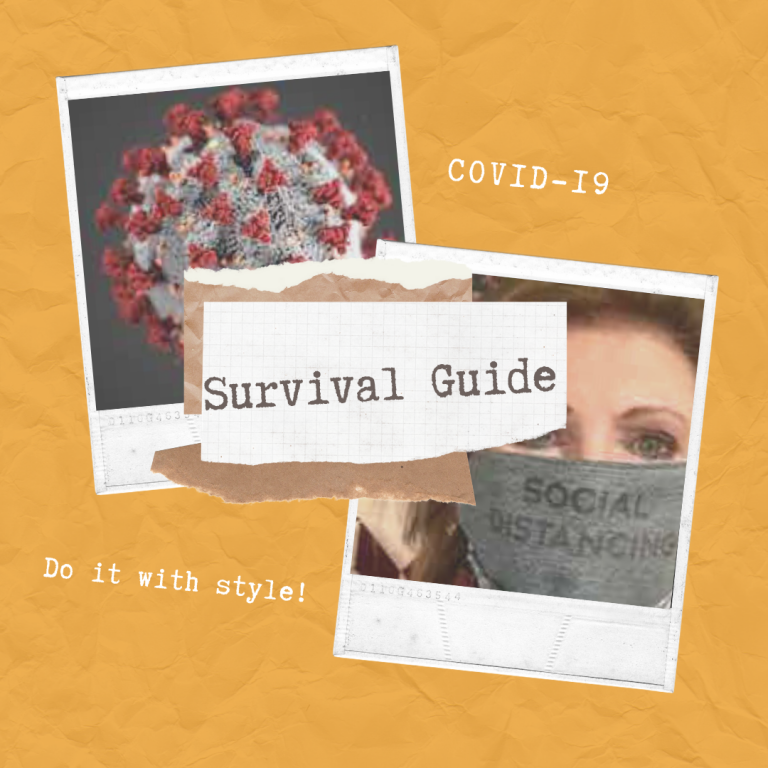Yesterday was a beautiful day to be on the Kettle River in NE Washington. It was nearly noon when my husband and I unloaded our kayaks and put in at the Napoleon Bridge boat launch and started paddling up-river against a slow current. The river was deep in the middle under the bridge and widened out on a bend just above the bridge. I paid attention to how I was holding the paddle, adjusting my grasp so my hands were about shoulder-width apart and focused on how each blade was entering the water so that each stroke would be effective. I used the muscles in my core to rotate my upper body to pull the paddle through the water (or, from a different perspective, to pull the boat towards the paddle) rather than using my arms to do most of the work. I dropped the rudder into the water at the back of the boat to help make steering easier.
Then I shifted my attention from my body and internal sensations to the environment around me. The water was exceptionally clear and rocks on the bottom were visible where the river was shallower, nearer the banks. There were sand bars that weren’t there the last time we paddled this stretch of the Kettle. The river seemed wider and slower-moving than I remembered. There were trees down in some places from high water in the springtime. The clouds were different each time I looked up at the sky…there were wispy cirrus sweeping upwards; then big, puffy cumulus clouds appearing and building; covering the sun and then moving on. The island we stopped at to beach our boats and swim in the river in the past was bigger than before and there was a steady flow of water on both sides of the island. We paddled a bit further up-river and pulled over at a sandy clay beach for a swim and a picnic in the afternoon sun. This beach was broader than before and the pool near a downed tree had shrunk. Things had changed…and things are always changing, even when we don’t realize that they are. Impermanence is one of the things that mindfulness can help us recognize and allow and be curious about rather than letting the ever-changing nature of things be a source of upset.
So much has changed in the past few years… in my life, in our country, and in the world. Some have been a source of discomfort, challenge, upset, and sadness. My parents who were living in Florida needed more help; work had become less fun for a number of reasons (increased workload, more responsibility, strained relationships), and my husband was diagnosed with cancer for a second time and went through a surgery, chemo, and radiation. There was a presidential election in 2016, which has resulted in a major change in the demeanor and rhetoric in the White House as well as the tone and approach taken in interactions with global leaders. I shifted out of full-time teaching and into teaching and coaching part-time which gave me more flexibility in my schedule and opportunities to share things of value with others. I spent more time in Florida with my parents… I helped take care of my dad while my mom was recovering from a broken ankle, was with my mom when Dad went into hospice and with her and my sibs and Mom and Dad’s grandkids when he passed away last year. We put together a service and celebration of life for Dad, we took Mom to see her family at Thanksgiving, and we spent Christmas with her and visited a few times last spring. Mom passed away unexpectedly in April and we recently had a celebration of life for her. I miss her so much, and Dad, too. There is much to be grateful for and many memories which bring me comfort and joy.
I’m sure you’ve experienced your own share of changes, too. Nature provides a supportive and healing environment in which to slow down, be in the moment, and reflect on those changes. Opportunities abound for “paying attention in a particular way: on purpose, in the present moment, and nonjudgmentally” (Jon Kabat-Zinn, 2017), and “maintaining a moment-by-moment awareness of our thoughts, feelings, bodily sensations, and surrounding environment” (Greater Good Science Center, 2018). You might step outside or sit in a park or in your backyard, or go for a walk or a hike, or spend time by or on a river or lake. If being outside isn’t an easy option right now, find a quiet space indoors and a comfortable location in which you can sit or lie down and feel relaxed and attentive.
Pausing, taking time out for ourselves, is a mindful practice that supports our health and well-being – physically, mentally, and emotionally. As we reflect on what’s going on in our lives, we can notice what comes up for us in the way of emotions, physical sensations, thoughts, language. Notice any judgments about them – good, bad, right, wrong – and let them float by like clouds in the sky or leaves on the surface of the river. We can become like the sky or the river – a spacious awareness that acknowledges moment-by-moment changing conditions and pays attention without grasping. If you find yourself wanting to hold onto a feeling, thought, or judgment, try to be curious about it. What effect does it have on you? On those around you? How might you see or “hold” it differently, in a way that is more energizing, liberating, and supportive of who and how you want to be in the world? What happens if you let it go? We can choose to hold onto a certain way of feeling and thinking about something or we can let it go. We can choose our perspectives freely, and the perspectives we choose create our experiences of people and things and events. What do you choose today?
Being on the river yesterday offered me opportunities to be mindful: taking in sensory information from the environment (watching the clouds appear and change shape in the sky, feeling the warmth of the sun on my back and my face), noticing physical sensations (feeling the push and pull of the current, and working/”efforting” vs. allowing and going with the flow, being buoyed up by the water as I moved in and through it), and feeling the emotions present around recent changes and allowing them to pass like clouds in the sky. There are times to be purposeful in our actions and times to just float and be. Yesterday, I let myself slow down and just be on the river and with the river. I felt a peace that I hadn’t felt in a while. I’ll be back again soon to set float…
Resources
- Greater Good Science Center (2018). University of California, Berkeley. https://greatergood.berkeley.edu/topic/mindfulness/definition (includes a mindfulness quiz)
- Kabat-Zinn, Jon (2017). Quoted in What is mindfulness? Explained (20 Definitions that clarify mindfulness). https://positivepsychologyprogram.com/category/mindfulness/
Meditations
- Brach, Tara (2018). Meditation: Mind Like a Vast Sky (2018). Tara Brach. Available at: https://www.tarabrach.com/meditation-mind-like-vast-sky/ (18:13). This meditation opens with listening and discovering the sky-like awareness that includes changing sounds, thoughts, feelings and sensations.
- Deremedia Art Group (2010). Meditation: Clouds. A video meditation tape with piano music. Available at: https://www.youtube.com/watch?v=cf1P4WuQ8Lk (10:02).
- Innerspacemeditation (2012). Worry Free – Drifting Clouds Meditation. Available at: https://www.youtube.com/watch?v=TS06oKHNF1A (3:15). “Sit back and watch the clouds of worries pass by… just let it all drift by…and simply be aware of the blue sky….”
- Kornfield, Jack (2018). A Mind Like Sky Meditation. Script and audio meditation available at: https://jackkornfield.com/a-mind-like-sky/ (16:60).
- You Productions (2012).
o Breathing Meditation Practice (Clouds). Available at: https://www.youtube.com/watch?v=xCIaB89BWtM (9:00).
o Guided Breathing Exercise (Clouds) Available at: https://www.youtube.com/watch?v=awc8MLSpjlQ (4:51).







